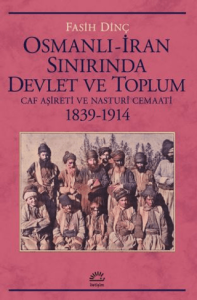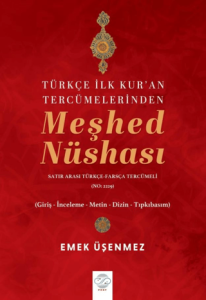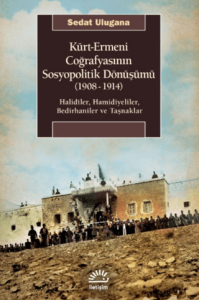
This book studies the abolition of torture in the Ottoman Empire from 1840s up until the mid-1860s as a component of newly-raised Tanzimat legislation and the Ottoman judicial transformation. This study aims to investigate the context in which the anti-torture law took place and how this official policy came into practice after relevant laws and regulations issued by the Sublime Porte.
The anti-torture law was an outcome of a global legislative wave against body-oriented punitive methods. Beyond legal aspect, however, this book tries to concentrate on its utilization in everyday court practices by ordinary Ottoman subjects. Moreover, it reevaluates foreign diplomatic pressure on the Tanzimat statesmen about ongoing practice of unlawful torture thus establishing a bond between a global legislative trend and simple judicial strategies of Ottomans.
This book studies the abolition of torture in the Ottoman Empire from 1840s up until the mid-1860s as a component of newly-raised Tanzimat legislation and the Ottoman judicial transformation. This study aims to investigate the context in which the anti-torture law took place and how this official policy came into practice after relevant laws and regulations issued by the Sublime Porte.
The anti-torture law was an outcome of a global legislative wave against body-oriented punitive methods. Beyond legal aspect, however, this book tries to concentrate on its utilization in everyday court practices by ordinary Ottoman subjects. Moreover, it reevaluates foreign diplomatic pressure on the Tanzimat statesmen about ongoing practice of unlawful torture thus establishing a bond between a global legislative trend and simple judicial strategies of Ottomans.











